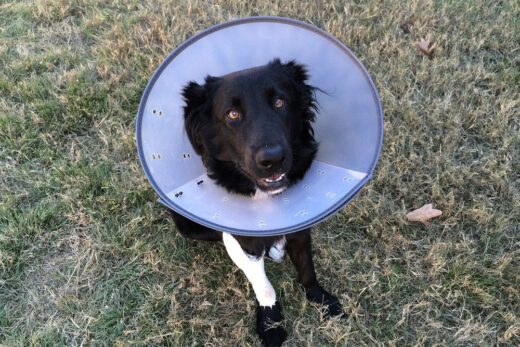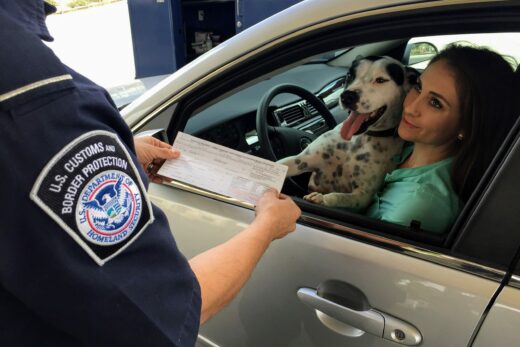
Just like people, dogs can develop conjunctivitis, also known as pink eye, at any stage of their lives. It’s itchy and uncomfortable and can lead to more severe harm to your dog’s eyes if left untreated. Knowing the signs of conjunctivitis will help you identify a possible infection before lasting damage occurs.
How can pet parents identify conjunctivitis in dogs? Can you prevent your dog from getting pink eye?
What is conjunctivitis?
Conjunctivitis is a relatively common infection of the mucous membrane, called the “conjunctiva,” that covers your dog’s eyes, eyelids, and third eyelids. This mucous membrane is very similar to the lining of the nose or mouth and its purpose is to act as the eye’s protective barrier against irritations, infections, and foreign objects.
In healthy dogs, the conjunctiva of the eyelids is not readily visible and has a pale pink color. When conjunctivitis occurs, the conjunctival membranes become red and swollen. Pink eye can strike dogs of any breed and at any age. It can affect a single eye or both eyes, potentially starting in one eye and spreading to the other.
Symptoms of conjunctivitis in dogs
Conjunctivitis is an uncomfortable condition that may cause your dog to paw at their eye, blink excessively, or squint. One of the most common signs that your dog has pink is red or bloodshot eyes. Depending on the severity of the infection, additional symptoms can include:
- Cloudy, yellow, or greenish eye discharge
- Swelling around the eyes
- Nasal discharge
- Sneezing and coughing
Often conjunctivitis will start in one eye then quickly spread to the other through contamination. However, in the case of allergies or a viral infection, both eyes can be affected right from that start.
If your dog is showing signs of conjunctivitis, even if symptoms seem very mild, contact your vet as soon as possible. Conjunctivitis does not go away on its own and if it is left untreated and becomes severe, it can cause permanent damage to the cornea and even vision loss. Your dog is also at risk of harming themselves trying to scratch their itchy eyes. It is best to visit your veterinarian as soon as possible.
Conjunctivitis causes
Dogs can develop conjunctivitis in numerous ways and can be highly contagious, which makes it challenging to prevent. it can be brought on by a range of factors—from viruses to bacteria and even dust or pollen. It can also be a singular disease or a symptom of a more significant illness or eye disease. Some specific causes of pink eye in dogs include:
- Allergies – Conjunctivitis in dogs can be caused by environmental allergens, which may cause a dog’s ocular mucus membrane to become irritated and inflamed. Allergens like pollen, mold, and dust are likely to lead to conjunctivitis in your dog. Even if the irritant itself isn’t the cause of the conjunctivitis, your dog’s scratching at its itchy eyes can cause secondary inflammation. These allergies tend to be seasonal and are not contagious/
- Virus – Viral infections like canine herpes, canine distemper, and canine influenza can cause conjunctivitis in dogs. Symptoms of conjunctivitis due to a viral infection are similar to those of any other cause. If caused by a viral infection, conjunctivitis can spread easily and take up to three weeks to recover from.
- Bacteria – Bacteria in the eye can cause conjunctivitis. This usually occurs when a dog has a non-ocular bacterial infection such as Streptococcus or Staphylococcus that contacts the eye through another body part. If caused by a bacterial infection, conjunctivitis may spread.
- Immune disease – An autoimmune disorder can make your dog more susceptible to developing conjunctivitis. German Shepherds, for example, often suffer from plasma cell conjunctivitis due to immune-mediated disorders. Your dog’s eye will be more affected by bacteria and allergens with a weakened immune system.
- Injury and foreign objects – An eye injury in a dog caused by a foreign object or other trauma can become infected if not treated swiftly. Foreign objects can range from smoke to a piece of dirt to a piece of plastic. Not only is the object an irritant, but it may carry harmful bacteria, fungi, viruses, or parasites. For example, if your pup scratches their eye while playing with another dog or they get debris in their eye during a hike or walk, they may develop the condition.





